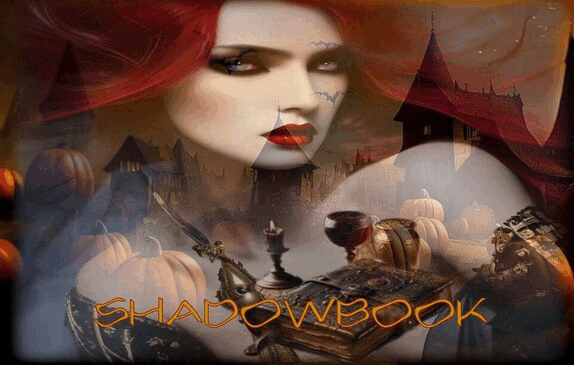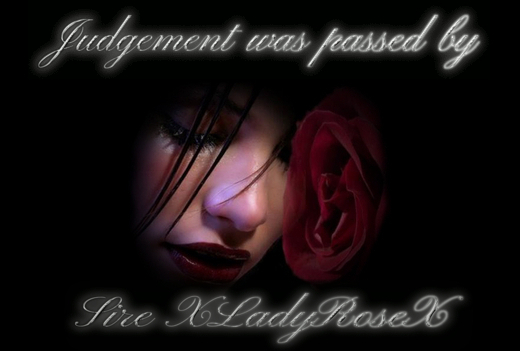
❤ Adalwulf ❤ Enlightened Souls 🤍 Join Us
Set at 15:58 on August 07, 2023

Websites
Quote: Spring Equinox is a sign of rebirth and a time of tradition.

Ostara is the pagan name for the Spring Equinox period, when both day and night are equal. The spring equinox was celebrated in many ancient cultures as a time for rebirth and a crucial period in the agricultural calendar. It is a transition point, too, as the sun is getting warmer and the days are about to get longer. Even modern-day cultures and religions have a spring equinox celebration, including the Jewish Passover and Christian Easter.
Modern-day pagans celebrate Ostara as part of the eight sabbats who observe it from March 19 to March 23. The holiday gets its name from the Germanic lunar goddess Ostara also caller Eoster. She is the goddess of spring and dawn and the goddess of fertility. Here is a comprehensive look at the origins of Ostara and the traditions and practices around it.

Ostara Origins and History
Ostara origins are found among the Anglo -Saxon in the medieval period. The first mention of the name in written work is by 8th-century monk Bede who in his work “The Reckoning of Time”(Aff.link) describes the month names of indigenous English people. He notes that the month of Eosturmonath was named after a goddess Eostre, to whom they held feasts in her honor during this period.

In later centuries, scholars have split as to whether Ostara was a creation of Bede or a real goddess. Most of them, including Jacob Grimm, have agreed with Bede, citing practices and traces of vocabularies in older German dialects pointing to such a deity in those cultures.
The coming of Christianity found the observation so rooted that the church leaders adopted it into their calendar with the resurrection of Jesus, borrowing also from other cultures who had deities resurrecting during springtime marking its theme of rebirth.

The hare is strongly associated with the goddess Ostara with many myths explaining why. A popular one includes the goddess finding a wounded bird and healing it by turning it into a hare as it could no longer fly. The hare retained its egg-laying abilities and laid colored eggs. It then gave these eggs to the goddess as gratitude. The hare represents the graciousness of the goddess and fertility, given how many young ones they have. It is nocturnal and thus associated with the moon.
Eggs represent both fertility and birth. Worshippers also bring them gifts for the goddess and eat them at feasts. They also represent abundance and their yolk the sun. You can also use eggs to remove curses, witchery, funeral rites, and making wishes.

Baking is essential during Ostara festivities, and hot cross burns are a primary feature. The four cross points can represent the four elements of Fire, Earth, Water, and Air. It can also represent the four fire festivals in the Wheel of the Year and the moon’s phases.
The snake comes out of hibernation during this period. It then lays eggs and proceeds to shed its skin. These actions make it symbolize rebirth and renewal. It is also featured in many creation myths. While being mythical creatures, Dragons also play a similar role symbolizing creation, regeneration, and sun worship.

Springtime also sees flowers emerge, which symbolizes the end of winter. They are a symbol of hope and life. You can use flowers to offer the deities and decorate your altar.
Like flowers, butterflies emerge during spring, indicating the end of the dark winter. They symbolize the necessity of the dire times for transformation since they emerge from their long internal sleep and blossom into beautiful creatures.
The Ostara period is also the start of the planting season. The seeds have the potential for new life and represent hope in the abundance to come. They are also associated with fertility and nature’s rebirth.

The goddess Ostara is the main deity symbolizing grace, blessings, abundance, protection, fertility, and the sun’s coming.
The Goddess Ostara is the German maiden Goddess who is celebrated at spring equinox and also the Anglo Saxon Goddess of the dawn named Eostra pronounced East-ra. The word oestrus (referring to an animal in heat) is also derived from Eostra. Eostra also means East and shining, related to the Greek Goddess Eos who is the Goddess of the dawn in their pantheon.
Ostara is the maiden Goddess of the growing light of spring; her consort is a white hare. Once, when spring was late in coming, a little girl found a bird close to death from the cold. The child prayed to Ostara for help for the bird. A rainbow bridge appeared and Ostara came, clothed in her red robe of warm, vibrant sunlight which melted the snows. Spring arrived. The little bird was wounded beyond repair, so Ostara changed it into a snow hare that brought rainbow coloured eggs. As a sign of spring, Ostara instructed the child to watch for the snow hare.

Mentorship:
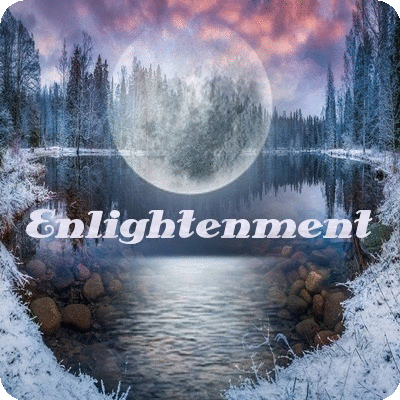
Coven:
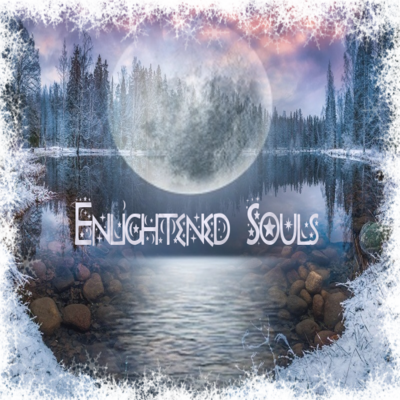
Alliance:
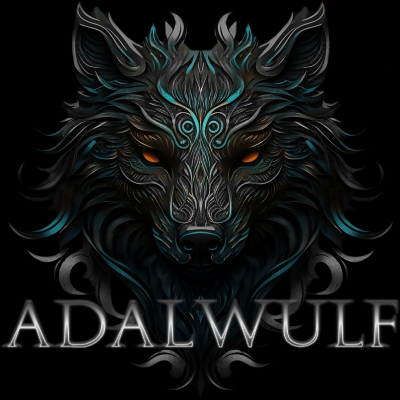


Ostara Blessing
Speak, Ostara, of hope and growth – your gifts to us.
Teach me the ways of light
and reveal the path of illumination
as I prepare to transcend.
Shedding my cold winter skin,
I activate my sanctity,
burning away what no longer serves me.
I emerge from my hibernation,
awaken my dormant energy,
and blossom with the spring.
Amen, A’ho, So it is.
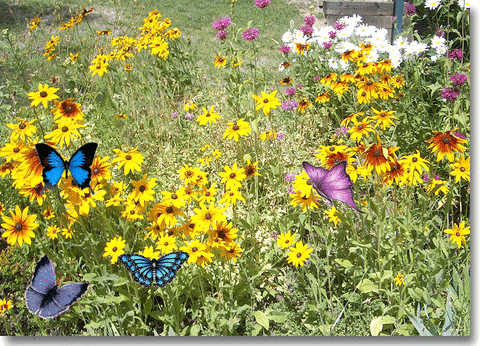
Most know me by LadyBloodMoon. May you be blessed during this Rebirth.
| Member Since: | Mar 20, 2022 |
| Last Login: | Aug 07, 2023 |
| Times Viewed: | 2,331 |
| Times Rated: | 206 |
| Rating: | 9.924 |
Rate this profile
You have been fairly rated by Venerable Sire Amaranthine.

Enjoy the Darkness...
[ All Comments ]
RECENT JOURNAL POSTS
Premiere Sire (128)

Sire (109)

Venerable Sire (133)
REAL VAMPIRES LOVE VAMPIRE RAVE
Vampire Rave is a member of
Page generated in 0.0656 seconds.



























